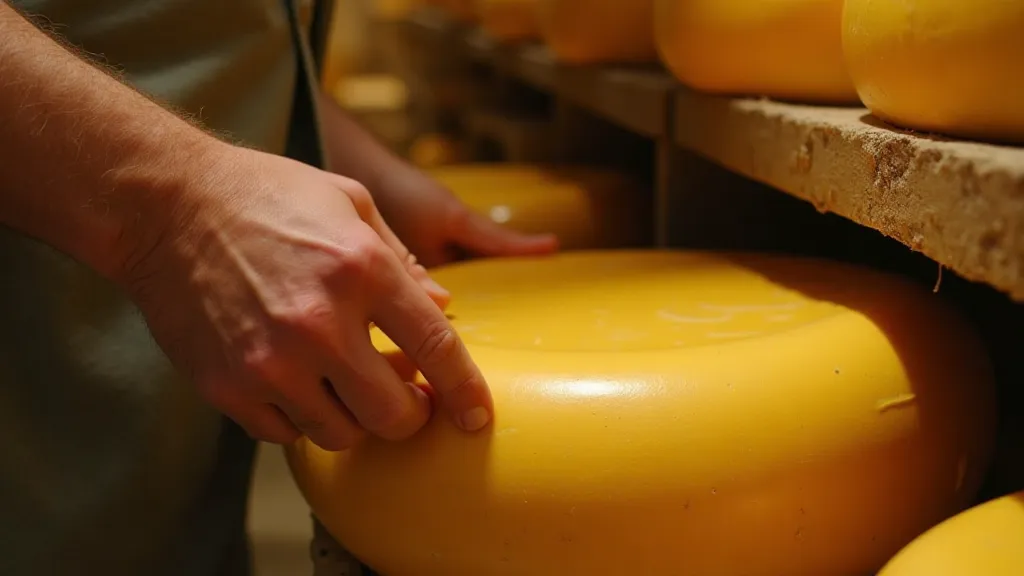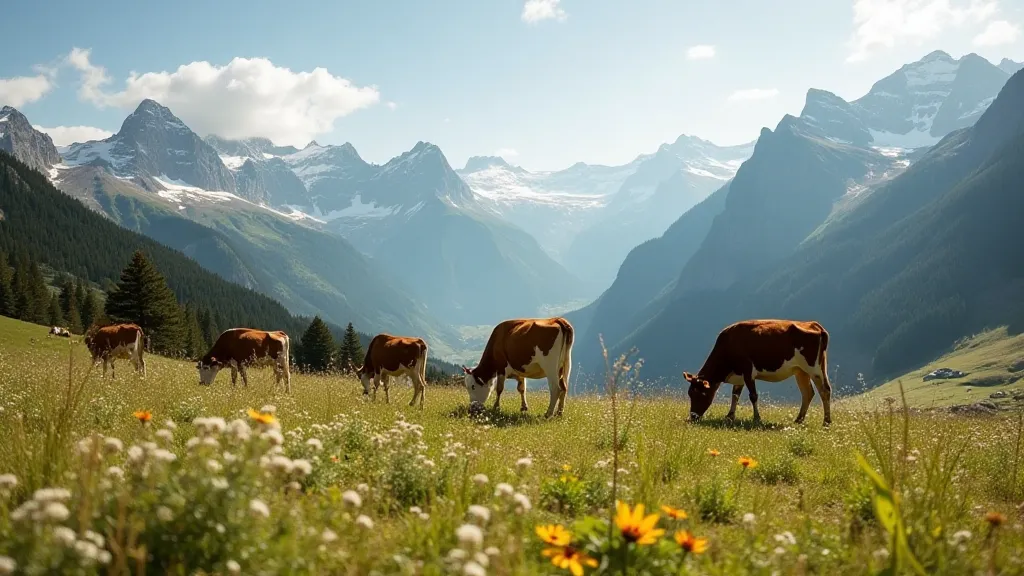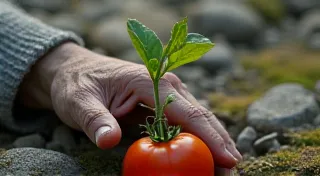A Pastoral Chorus: The Dairy Delights of Switzerland and the Landscape They Reflect
Switzerland. The very name conjures images of snow-capped peaks, emerald valleys, and the gentle chime of cowbells echoing through the mountains. It’s a postcard brought to life, a tableau of serenity and rustic charm. But beyond the picturesque scenery lies a profound and inextricable connection: the land shapes the people, and the people, in turn, shape the food. And nowhere is this relationship more evident – more delectable, even – than in the country's dairy traditions. This isn’t merely about cheese; it’s about a living, breathing culture, an ancient conversation between humans and the landscape.
My own introduction to the depth of Swiss dairy culture wasn't through a glossy travel brochure, but through an old accordion. My grandfather, a meticulous craftsman, had collected antique instruments. One, a Hohner Stella, was stubbornly silent, its bellows cracked and leather dry. Restoring it became an obsession, a slow immersion into the beauty of handcrafted objects. As I painstakingly cleaned and repaired the bellows, researching its origins, I began to understand the parallel between the artisan’s dedication and the farmer's tireless commitment to his land and livestock. Both demanded patience, precision, and a deep respect for the materials involved – leather and wood for the accordion, pasture and cow for the cheese.

The Alpine Landscape: A Foundation of Flavor
The foundation of Swiss dairy tradition lies in the Alps. These majestic mountains, with their steep slopes and rocky terrain, are not conducive to large-scale agriculture. The fertile valleys, however, are ideal for grazing. This geographic constraint historically meant that dairy farming became the dominant agricultural practice, a necessity born of the land's limitations. The cows themselves are integral to the narrative. The Brown Swiss, the Montbéliarde, and the Simmental are just a few of the breeds meticulously adapted to the Alpine environment. Their milk, richer in fat and protein than that of many other breeds, is the very essence of Swiss dairy products.
But the landscape isn’t just about altitude. It's about microclimates. The soil composition, the exposure to sunlight, even the specific plants growing on the pastures – all contribute to the unique flavor profile of the milk. In the Jura mountains, for example, the cows graze on grasses and wildflowers unique to the region, imparting a distinctive aroma and taste to the cheeses produced there. Similarly, in the valleys of the Valais, the mineral-rich soil influences the milk's composition, resulting in a characteristically nutty and earthy flavor.
Cheeses of Character: A Regional Tapestry
The result of this symbiotic relationship is a breathtaking variety of cheeses, each reflecting the terroir of its origin. Emmental, with its iconic holes, is a testament to the specific bacteria strains utilized in its production and the careful control of temperature and humidity. Gruyère, known for its complex nutty and savory notes, benefits from the mineral-rich soil of the Fribourg and Vaud cantons. Appenzeller, matured in caves coated with a specific type of bacteria, possesses a fruity and slightly spicy flavor, a direct consequence of the unique aging environment.
Beyond the well-known varieties, countless smaller, artisanal cheeses are produced throughout Switzerland. These "farmhouse" cheeses, often made with milk from a single farm or cooperative, are fiercely guarded secrets, passed down through generations. They represent the true heart of Swiss dairy tradition - a connection to the land and a commitment to preserving ancient methods. The process itself is an art form. The curds are carefully molded, pressed, and salted, then aged in caves or cellars, often for months or even years. The cheesemaker's expertise lies in understanding the subtle nuances of the process and adapting to the ever-changing conditions.

Beyond Cheese: Dairy’s Diverse Delights
While cheese rightly dominates the narrative, Swiss dairy traditions extend far beyond. Butter, often golden and intensely flavored, is a staple in many households. Fresh cream, used to enrich sauces and desserts, adds a luxurious touch to many dishes. Yogurt, often flavored with berries or honey, is a popular breakfast and snack. And then there's *Sacchertorte*, a decadent chocolate cake typically served with whipped cream, and *Biberli*, small, chewy spice cookies often accompanied by warm milk. These seemingly simple dishes embody the Swiss appreciation for quality ingredients and understated elegance.
Restoration and Preservation: Echoes of the Past
My grandfather's accordion restoration became more than just a technical project; it became a lesson in preservation. He believed in honoring the original craftsmanship, using authentic materials and techniques whenever possible. This ethos applies equally to Swiss dairy traditions. Small-scale farmers and cheesemakers are increasingly working to preserve traditional methods, often facing challenges from larger, industrialized operations. Supporting these artisans, purchasing locally produced cheeses, and advocating for sustainable farming practices are all ways to contribute to the preservation of this invaluable cultural heritage.
Just as I meticulously cleaned and repaired the accordion bellows, understanding the fragility of history, so too must we appreciate the delicate balance that sustains Swiss dairy traditions. It’s a pastoral chorus – a harmony between the land, the animals, and the people – a song that has been sung for centuries and deserves to be heard for generations to come. The quiet hum of the cowbells echoing across the valleys, the aroma of ripening cheese hanging in the air – these are the sounds and smells of a culture inextricably linked to its landscape, a testament to the enduring power of tradition.






